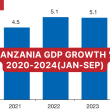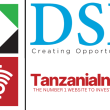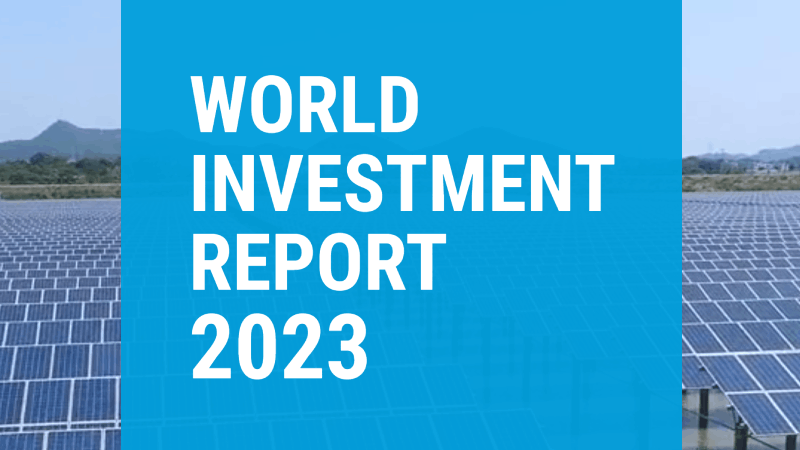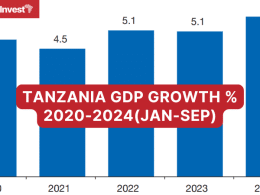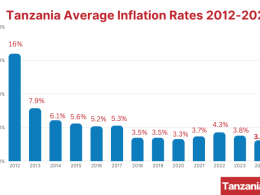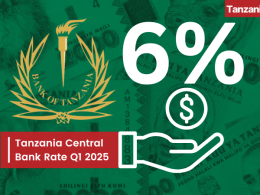The United Nations Conference on Trade and Development (UNCTAD) recently released its World Investment Report 2023, which focuses on trends in foreign direct investment (FDI) worldwide, at the regional and country levels and emerging measures to improve its contribution to development.
This year’s edition highlights some areas of progress while identifying policy gaps and bottlenecks in cross-border investment flows. It shows that global flows of foreign direct investment fell by 12% to USD 1.3 trillion in 2022.
The decline was mainly a result of lower volumes of financial flows and transactions in developed countries.
FDI in developing countries increased marginally, although growth was concentrated in a few large emerging economies. Inflows in many smaller developing countries were stagnant, and FDI to the least developed countries (LDCs) declined.
FDI to Least Developed Countries
FDI in LDCs declined by 16% to USD 22 billion, with FDI flows concentrated in the top five recipients (Ethiopia, Cambodia, Bangladesh, Senegal and Mozambique, in that order) accounting for about 70% of the total.
However, the picture is different for new project announcements. In international project finance, the top recipients were Cambodia, Niger, the Lao People’s Democratic Republic, Tanzania, and Sudan, in that order.
For greenfield projects, the top recipients were Tanzania, Bangladesh, Senegal, Cambodia and Rwanda.
FDI to East Africa
FDI to East Africa rose by 3% to USD 8.7 billion. Flows to Ethiopia reached USD 3.7 billion–a 14% decline from 2021. In Uganda, FDI rose by 39% t to USD 1.5 billion.
Two large greenfield projects were announced by TotalEnergies (France): the development of the Lake Albert oil field in a joint venture with China National Offshore Oil Corporation and the Uganda National Oil Company for USD 6.5 billion, and the construction of the 1,440-kilometre East African Crude Oil Pipeline in a USD 3.5 billion joint venture with the Uganda National Oil Company, the Tanzania Petroleum Development Corporation (TPDC) and the
China National Offshore Oil Corporation.
FDI to Tanzania
FDI to Tanzania rose by 8% to USD 1.1 billion in 2022 with the number of announced greenfield projects in the country rising by 60%; the number of international project finance deals also increased.
In 2021 and in 2020, FDI to Tanzania reached USD 1 billion and USD 944 million respectively, from a peak of USD 1.2 billion in 2019.
FDI Inflows in 2023
The global environment for international business and cross-border investment remains challenging in 2023.
Geopolitical tensions are still high and recent financial sector turmoil has added to investor uncertainty. UNCTAD expects downward pressure on global FDI to continue in 2023.



